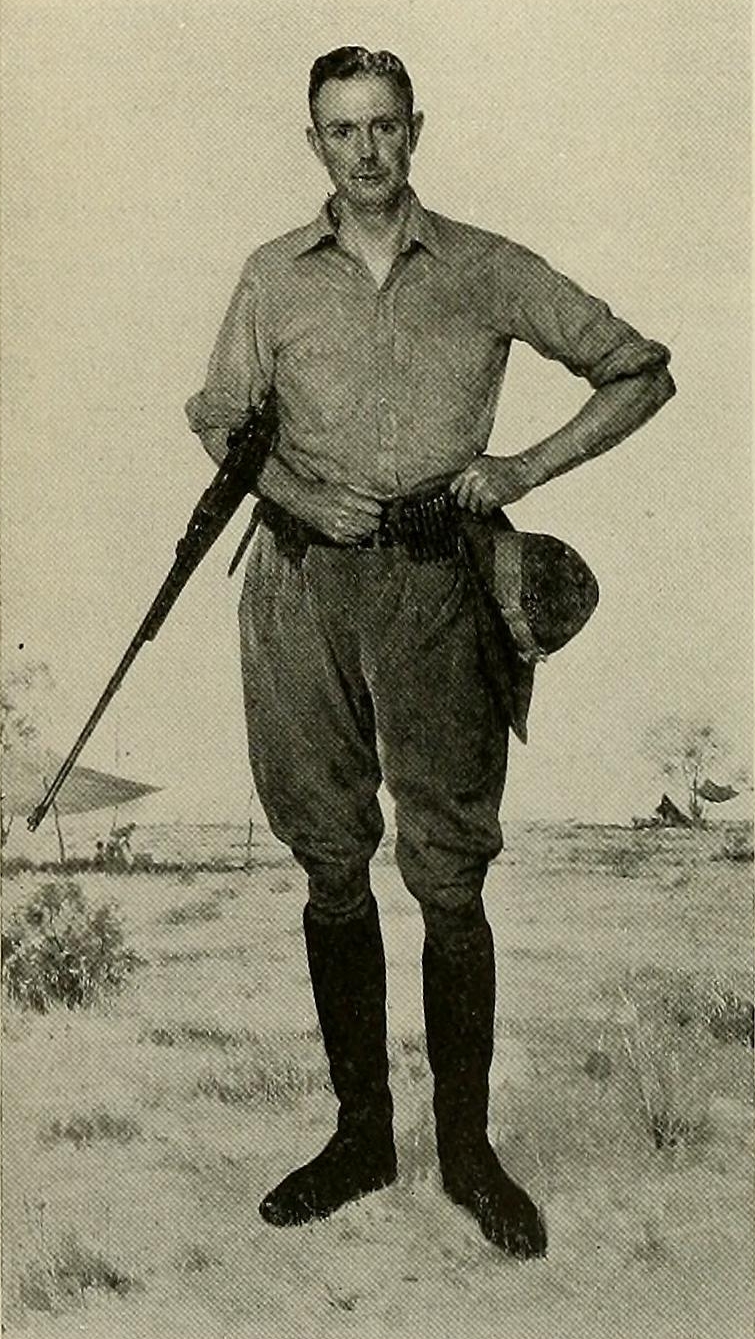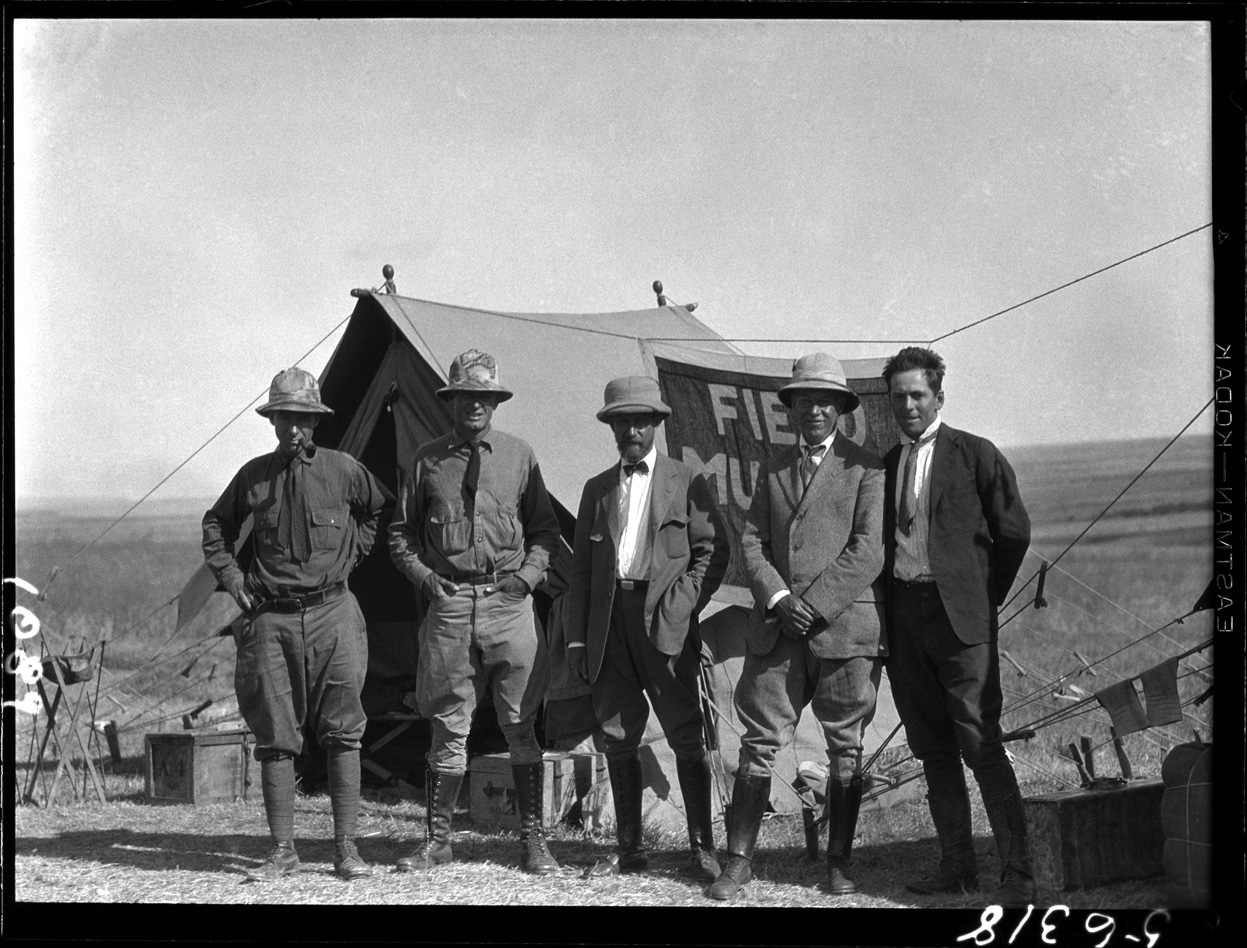|
Vernaya
''Vernaya'' is a genus of rodent in the subfamily Murinae from southern China and northern Burma. It contains a single extant species, the red climbing mouse (''Vernaya fulva''), and several extinct species, all described by Zheng in 1993, namely ''Vernaya prefulva'', ''Vernaya pristina'', ''Vernaya giganta'' and ''Vernaya wushanica''. The genus is named after Arthur Stannard Vernay who collected the specimen of ''V. fulva'' on an expedition to Burma with Charles Suydam Cutting Charles Suydam Cutting, CBE (January 17, 1889 – August 24, 1972) was an explorer, naturalist, society figure, philanthropist, and author. He travelled around the world on numerous expeditions including the Field Museum-Chicago Daily News Abyssin .... References Rodent genera Taxa named by Glover Morrill Allen {{Murinae-stub ... [...More Info...] [...Related Items...] OR: [Wikipedia] [Google] [Baidu] |
Red Climbing Mouse
The red climbing mouse (''Vernaya fulva''), also known as Vernay's climbing mouse, is a species of rodent in the family Muridae. It is named after explorer and antiques dealer, Arthur Vernay, who sponsored the expedition during which the animal was first discovered. It is the only living species in the genus ''Vernaya'', and has no subspecies. Distribution Red climbing mice found in southern China, in the provinces of Yunnan, Gansu, Sichuan, and Shaanxi and in northern Myanmar Myanmar, ; UK pronunciations: US pronunciations incl. . Note: Wikipedia's IPA conventions require indicating /r/ even in British English although only some British English speakers pronounce r at the end of syllables. As John C. Wells, Joh .... It inhabits mountainous terrain at elevations between . Four extinct species of the genus ''Vernaya'' are also known, all discovered in Pleistocene deposits from southern China, alongside fossils of ''V. fulva''. Description Only a few specimens of red ... [...More Info...] [...Related Items...] OR: [Wikipedia] [Google] [Baidu] |
Vernaya Prefulva
''Vernaya'' is a genus of rodent in the subfamily Murinae from southern China and northern Burma. It contains a single extant species, the red climbing mouse (''Vernaya fulva''), and several extinct species, all described by Zheng in 1993, namely '' Vernaya prefulva'', '' Vernaya pristina'', '' Vernaya giganta'' and '' Vernaya wushanica''. The genus is named after Arthur Stannard Vernay who collected the specimen of ''V. fulva'' on an expedition to Burma with Charles Suydam Cutting Charles Suydam Cutting, CBE (January 17, 1889 – August 24, 1972) was an explorer, naturalist, society figure, philanthropist, and author. He travelled around the world on numerous expeditions including the Field Museum-Chicago Daily News Abyssin .... References Rodent genera Taxa named by Glover Morrill Allen {{Murinae-stub ... [...More Info...] [...Related Items...] OR: [Wikipedia] [Google] [Baidu] |
Red Climbing Mouse
The red climbing mouse (''Vernaya fulva''), also known as Vernay's climbing mouse, is a species of rodent in the family Muridae. It is named after explorer and antiques dealer, Arthur Vernay, who sponsored the expedition during which the animal was first discovered. It is the only living species in the genus ''Vernaya'', and has no subspecies. Distribution Red climbing mice found in southern China, in the provinces of Yunnan, Gansu, Sichuan, and Shaanxi and in northern Myanmar Myanmar, ; UK pronunciations: US pronunciations incl. . Note: Wikipedia's IPA conventions require indicating /r/ even in British English although only some British English speakers pronounce r at the end of syllables. As John C. Wells, Joh .... It inhabits mountainous terrain at elevations between . Four extinct species of the genus ''Vernaya'' are also known, all discovered in Pleistocene deposits from southern China, alongside fossils of ''V. fulva''. Description Only a few specimens of red ... [...More Info...] [...Related Items...] OR: [Wikipedia] [Google] [Baidu] |
Vernaya
''Vernaya'' is a genus of rodent in the subfamily Murinae from southern China and northern Burma. It contains a single extant species, the red climbing mouse (''Vernaya fulva''), and several extinct species, all described by Zheng in 1993, namely ''Vernaya prefulva'', ''Vernaya pristina'', ''Vernaya giganta'' and ''Vernaya wushanica''. The genus is named after Arthur Stannard Vernay who collected the specimen of ''V. fulva'' on an expedition to Burma with Charles Suydam Cutting Charles Suydam Cutting, CBE (January 17, 1889 – August 24, 1972) was an explorer, naturalist, society figure, philanthropist, and author. He travelled around the world on numerous expeditions including the Field Museum-Chicago Daily News Abyssin .... References Rodent genera Taxa named by Glover Morrill Allen {{Murinae-stub ... [...More Info...] [...Related Items...] OR: [Wikipedia] [Google] [Baidu] |
Vernaya Wushanica
''Vernaya'' is a genus of rodent in the subfamily Murinae from southern China and northern Burma. It contains a single extant species, the red climbing mouse (''Vernaya fulva''), and several extinct species, all described by Zheng in 1993, namely '' Vernaya prefulva'', '' Vernaya pristina'', ''Vernaya giganta'' and '' Vernaya wushanica''. The genus is named after Arthur Stannard Vernay who collected the specimen of ''V. fulva'' on an expedition to Burma with Charles Suydam Cutting Charles Suydam Cutting, CBE (January 17, 1889 – August 24, 1972) was an explorer, naturalist, society figure, philanthropist, and author. He travelled around the world on numerous expeditions including the Field Museum-Chicago Daily News Abyssin .... References Rodent genera Taxa named by Glover Morrill Allen {{Murinae-stub ... [...More Info...] [...Related Items...] OR: [Wikipedia] [Google] [Baidu] |
Vernaya Giganta
''Vernaya'' is a genus of rodent in the subfamily Murinae from southern China and northern Burma. It contains a single extant species, the red climbing mouse (''Vernaya fulva''), and several extinct species, all described by Zheng in 1993, namely '' Vernaya prefulva'', '' Vernaya pristina'', '' Vernaya giganta'' and '' Vernaya wushanica''. The genus is named after Arthur Stannard Vernay who collected the specimen of ''V. fulva'' on an expedition to Burma with Charles Suydam Cutting Charles Suydam Cutting, CBE (January 17, 1889 – August 24, 1972) was an explorer, naturalist, society figure, philanthropist, and author. He travelled around the world on numerous expeditions including the Field Museum-Chicago Daily News Abyssin .... References Rodent genera Taxa named by Glover Morrill Allen {{Murinae-stub ... [...More Info...] [...Related Items...] OR: [Wikipedia] [Google] [Baidu] |
Vernaya Pristina
''Vernaya'' is a genus of rodent in the subfamily Murinae from southern China and northern Burma. It contains a single extant species, the red climbing mouse (''Vernaya fulva''), and several extinct species, all described by Zheng in 1993, namely ''Vernaya prefulva'', '' Vernaya pristina'', ''Vernaya giganta'' and ''Vernaya wushanica''. The genus is named after Arthur Stannard Vernay who collected the specimen of ''V. fulva'' on an expedition to Burma with Charles Suydam Cutting Charles Suydam Cutting, CBE (January 17, 1889 – August 24, 1972) was an explorer, naturalist, society figure, philanthropist, and author. He travelled around the world on numerous expeditions including the Field Museum-Chicago Daily News Abyssin .... References Rodent genera Taxa named by Glover Morrill Allen {{Murinae-stub ... [...More Info...] [...Related Items...] OR: [Wikipedia] [Google] [Baidu] |
Murinae
The Old World rats and mice, part of the subfamily Murinae in the family Muridae, comprise at least 519 species. Members of this subfamily are called murines. In terms of species richness, this subfamily is larger than all mammal families except the Cricetidae and Muridae, and is larger than all mammal orders except the bats and the remainder of the rodents. Description The Murinae are native to Africa, Europe, Asia, and Australia. They are terrestrial placental mammals. They have also been introduced to all continents except Antarctica, and are serious pest animals. This is particularly true in island communities where they have contributed to the endangerment and extinction of many native animals. Two prominent murine species have become vital laboratory animals: the brown rat and house mouse are both used as medical subjects. The murines have a distinctive molar pattern that involves three rows of cusps instead of two, the primitive pattern seen most fr ... [...More Info...] [...Related Items...] OR: [Wikipedia] [Google] [Baidu] |
Arthur Stannard Vernay
Arthur Stannard Vernay (11 May 1877 – 25 October 1960) was a noted English-born American art and antiques dealer, decorator, big-game hunter, and naturalist explorer. He sponsored and took part in expeditions across the world to collect biological specimens and cultural artifacts on behalf of the American Museum of Natural History. The Vernay-Faunthorpe Hall of South Asian mammals in the AMNH is named after him. Early life Born in Weymouth, England, Vernay was born to Louisa Stannard and Thomas Crabb Avant. Shortly after his parents divorced, he emigrated to New York in August 1904 and changed his surname from Avant to Vernay. He found a job as an elevator operator at a furniture store known as A.J. Crawfords and after working there briefly, Vernay started his own shop in 1906, called Arthur S. Vernay, Inc. located at 1 East 45th Street, near Madison Avenue. He also had a shop in London at 217 Piccadilly in the late 1910s to 1920s. He sold antiques and decorative artwork ... [...More Info...] [...Related Items...] OR: [Wikipedia] [Google] [Baidu] |
Charles Suydam Cutting
Charles Suydam Cutting, CBE (January 17, 1889 – August 24, 1972) was an explorer, naturalist, society figure, philanthropist, and author. He travelled around the world on numerous expeditions including the Field Museum-Chicago Daily News Abyssinian'','' Kelley-Roosevelts Asiatic, and Vernay-Cutting Expeditions. He was among the first Europeans to enter the forbidden city of Lhasa in Tibet and is credited with introducing the Lhasa Apso breed into the United States. Early life Cutting was born in New York City on January 17, 1889. He was the son of Robert Fulton Cutting, known as the "first citizen of New York," and Helen (née Suydam) Cutting, who married in 1883. From his father's first marriage, he had an older half-brother, Robert Bayard Cutting, who died in Paris during World War I. Among his full siblings was Helen Suydam Cutting, who married Lucius Kellogg Wilmerding Jr.; Elisabeth McEvers Cutting; Robert Fulton Cutting Jr.; Ruth Hunter Cutting; and Schermerhorn Cutting ... [...More Info...] [...Related Items...] OR: [Wikipedia] [Google] [Baidu] |
Pliocene
The Pliocene ( ; also Pleiocene) is the epoch in the geologic time scale that extends from 5.333 million to 2.58See the 2014 version of the ICS geologic time scale million years ago. It is the second and most recent epoch of the Period in the Cenozoic Era. The Pliocene follows the Miocene Epoch and is followed by the Pleistocene Epoch. Prior to the 2009 revision of the geologic time scale, which placed the fou ... [...More Info...] [...Related Items...] OR: [Wikipedia] [Google] [Baidu] |
Extinct
Extinction is the termination of a kind of organism or of a group of kinds ( taxon), usually a species. The moment of extinction is generally considered to be the death of the last individual of the species, although the capacity to breed and recover may have been lost before this point. Because a species' potential range may be very large, determining this moment is difficult, and is usually done retrospectively. This difficulty leads to phenomena such as Lazarus taxa, where a species presumed extinct abruptly "reappears" (typically in the fossil record) after a period of apparent absence. More than 99% of all species that ever lived on Earth, amounting to over five billion species, are estimated to have died out. It is estimated that there are currently around 8.7 million species of eukaryote globally, and possibly many times more if microorganisms, like bacteria, are included. Notable extinct animal species include non-avian dinosaurs, saber-toothed cats, dod ... [...More Info...] [...Related Items...] OR: [Wikipedia] [Google] [Baidu] |



.jpg)